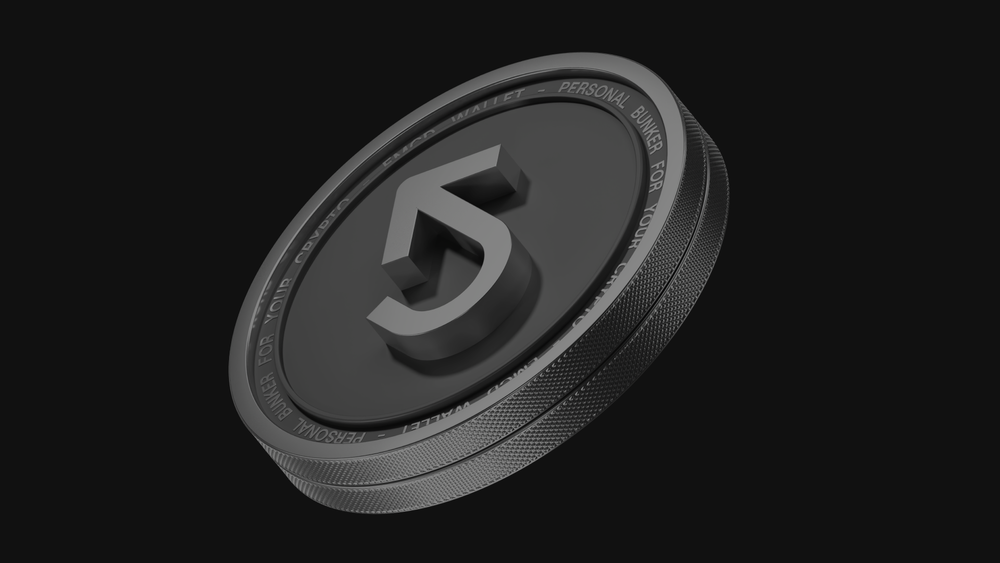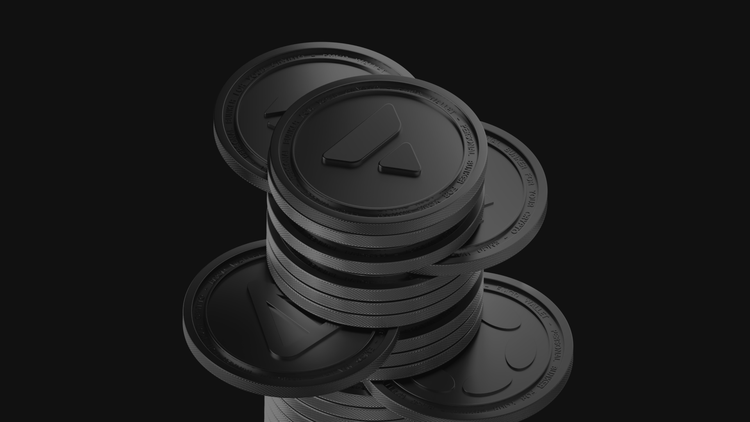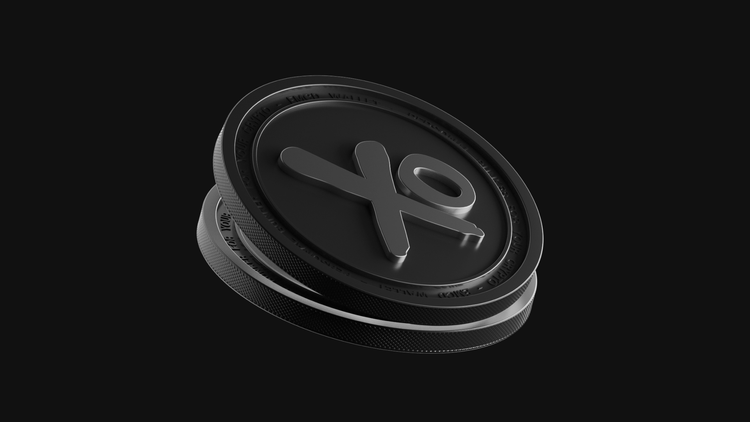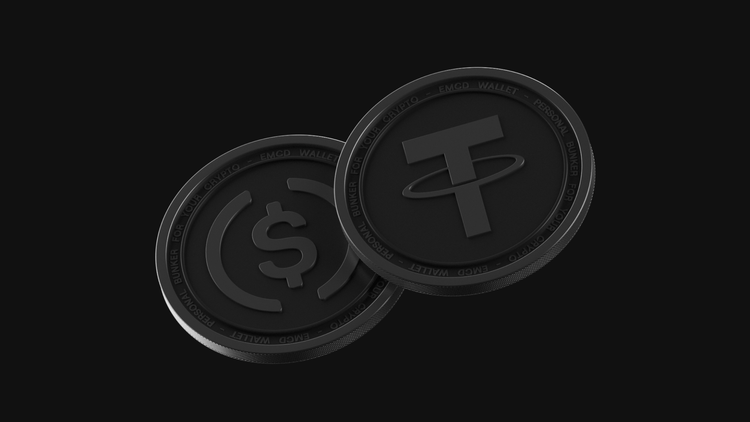How to Recover Cryptocurrency Sent to the Wrong Address: A Full Guide

Sending cryptocurrency to the wrong address is a common issue faced by blockchain users. Since transactions on the blockchain are generally irreversible, it's important to understand what steps can be taken to recover funds in such situations. This guide will walk you through what happens when a mistake occurs and what (if anything) you can do about it.
Can a Cryptocurrency Transaction Be Reversed?
Cryptocurrency transactions, once included in the blockchain, are irreversible. This is especially true for Bitcoin — once a transaction is confirmed in a block, it becomes immutable. While this ensures the security and integrity of the network, it also means that sending coins to the wrong address cannot be undone or canceled in the traditional sense.
Transaction Statuses and Their Impact on Reversibility
The status of a transaction affects whether it can be recovered or mitigated:
- Success — The transaction is confirmed and recorded on the blockchain. It cannot be reversed once it has a confirmation
- Failed — The transaction did not go through (for example, due to an error or insufficient fees). In many blockchains (especially Ethereum), a ‘Failed’ status means the transaction was accepted by the network but not executed. The intended transfer amount remains in the sender's wallet, but network fees (such as gas on Ethereum) may still be deducted. In other words, you might lose the fee even though the funds themselves stay put in your wallet
- Pending — The transaction is awaiting confirmation (still in the mempool). In some networks that support Replace-by-Fee (RBF), such as Bitcoin, you might be able to replace an unconfirmed transaction by sending a new one with a higher fee if the original transaction was marked as replaceable (opt-in RBF). Otherwise, you'll have to wait until the transaction either gets confirmed or drops from the mempool
- Unconfirmed — Similar to pending; the transaction has not yet been included in a block. If the network and wallet support RBF and the transaction was flagged for it, it may be replaced or canceled using RBF before confirmation. Keep in mind that Ethereum, BNB Chain, and other EVM-based networks do not use RBF — instead, these networks allow a form of ‘speed up’ or ‘cancel’ by sending a new transaction with the same nonce and a higher gas fee to override the previous one. If the transaction gets confirmed, however, you cannot reverse it with any method
Ways to Recover Funds Sent by Mistake
If you have sent cryptocurrency to the wrong address, here are a few approaches to consider. Note: None of these methods are guaranteed, but they might improve your chances of recovery in certain scenarios.
Contact the Recipient
If you happen to know the owner of the destination address, you can try contacting them and politely requesting a return of the funds. However, in most cases, cryptocurrency addresses are pseudonymous and you won't know who is behind them. Unless the transfer was internal (for example, sending to another account on the same exchange or platform where the recipient can be identified), it will be nearly impossible to determine the owner of a random blockchain address. Even if you do somehow identify and reach the owner, remember that they have no obligation to return the funds. Any refund would depend entirely on the recipient’s goodwill. Unfortunately, if the address is unknown or the person is uncooperative, the chances of recovery are very low.
Use Replace-by-Fee (RBF) if Applicable
Some blockchain networks support a feature called Replace-by-Fee (RBF), which allows users to broadcast a new transaction with a higher fee to replace an unconfirmed one. This is primarily a feature of Bitcoin and a few other UTXO-based cryptocurrencies (like Litecoin). Important: RBF only works if the original transaction was marked as replaceable when it was sent (opt-in RBF), and it only applies while the transaction is still unconfirmed. If your transaction is pending and your wallet/network supports RBF, you can attempt to use it as a second chance to correct the mistake by sending a new transaction (with the same inputs, higher fee, and usually to the intended correct address). Once the original transaction is confirmed, RBF can no longer help.
For Ethereum, BNB Chain, and other non-UTXO networks, RBF is not used. Instead, most Ethereum-compatible wallets offer options to ‘speed up’ a transaction (by increasing the gas fee and resending the transaction with the same nonce) or “cancel” it (by sending a zero-value transaction to yourself with the same nonce and higher fee). These achieve a similar goal of replacing or dropping a pending transaction, but they are not the same as Bitcoin’s RBF policy. If you sent crypto on Ethereum or a similar network to the wrong address and the transaction is still pending, your only option is to try the speed-up/cancel approach via nonce management, or wait and hope it fails on its own (which is unlikely if the parameters are correct). Once it’s mined into a block, it’s permanent.
Contact Exchange or Wallet Support
If you sent funds from an exchange or web wallet, and especially if the destination was another account on the same platform, you should contact the platform’s support team immediately. In certain cases, the support team might be able to help recover the funds — for example, if the coins never actually left the exchange’s custody (an internal transfer). However, be aware of a few caveats:
- Internal transfers on many platforms are often irreversible once executed, even if it was a mistake on your end. This is especially true if you sent a cryptocurrency that requires a memo, destination tag, or payment ID (such as XRP, XLM, ATOM, etc.) and you omitted it or entered it incorrectly. In such a case, the funds may have gone to the platform’s general address without attribution to your account
- While some exchanges have procedures to recover deposits sent with a missing/incorrect memo or to the wrong sub-account, recovery is not guaranteed. Whether you get your money back will depend entirely on the platform’s policies and willingness to assist. Some exchanges will attempt to help (often for a fee and only for larger amounts) but reserve the right to deny recovery requests for user mistakes
- Time is of the essence. If you find yourself in this situation, open a support ticket with detailed information (transaction ID, addresses, amount, timestamps, and any relevant memo/tag) as soon as possible. The sooner the support team is aware, the better the chances they can intervene or trace the funds internally
How to Avoid Crypto Transfer Mistakes
The best cure is prevention. To minimize the risk of sending crypto to the wrong address, consider the following practices:
- Double-check the recipient’s address before confirming any transaction. Make sure every character matches, especially if you manually copy-pasted or typed it. Even one wrong character can send your crypto to an unintended recipient
- Use QR codes or address book features when available. Scanning a QR code or selecting a saved address reduces the chance of a typo compared to manual entry
- Send a small test amount first when transferring large sums. If the platform or coin allows it, send a tiny amount to the intended address as a test. Confirm that the recipient received it, then proceed with the larger transaction. This way, if you made a mistake with the address or network, the loss is minimal
- Pay attention to network and tags: Ensure you are using the correct blockchain network (e.g., don’t send Ethereum to a BSC address by mistake) and include any required memo/tag for certain coins when sending to exchanges
By following these precautions, you can greatly reduce the chances of losing funds due to human error.
F.A.Q.
Can I get my crypto back if I sent it to the wrong address?
In most cases, no. Blockchain transactions are irreversible by design. If the address you sent to is inactive or unknown, your funds are likely lost for good. If the address belongs to someone (or a company) that you can identify, you might be able to reach out and ask for a return, but there’s no guarantee they will comply.
How do I avoid sending crypto to the wrong network or address?
Always verify that the recipient address corresponds to the correct cryptocurrency and network. For example, only send Ethereum (ETH) to an Ethereum (ERC-20) address, not to a Binance Smart Chain (BEP-20) address, and vice versa. Use wallet features that warn or prevent you from mixing up networks. Double-check any required MEMO/Tag when sending certain coins to exchanges.
What happens if crypto is sent to a non-existent or wrong address?
If the address is truly invalid, most blockchain networks won't even process the transaction (it will fail validation). If the address is valid but simply the wrong one (belonging to someone else or just not the intended recipient), the transaction will complete and the crypto will be at that address. In the case of a wrong but valid address, you can only recover the funds by getting the cooperation of that address's owner (which, as mentioned, is usually not possible if you don't know them). Otherwise, the funds remain in that address indefinitely.
My transaction is stuck as pending. Can I cancel it or replace it?
It depends on the network and the options you set when sending. If it’s Bitcoin (or another coin that supports RBF and you opted in for replaceability), you might try using Replace-by-Fee to bump the fee and correct the transaction before it confirms. If it’s Ethereum or an EVM network, you can try to speed it up by sending a new transaction with the same nonce and higher gas (most wallets have a "speed up" feature for this), or cancel it by sending a transaction to yourself with the same nonce and a high fee. If the transaction is already confirmed, then it’s too late to modify or cancel it.
I haven’t received crypto that someone sent to my address — what should I do?
First, check the transaction status on a blockchain explorer using the transaction hash. If it shows as confirmed on the correct blockchain but the funds are not appearing in your wallet or exchange account, you should contact the support of your wallet/exchange. There might be an issue with their system crediting your account, especially if a memo/tag was needed and not provided. If the explorer shows the transaction as unconfirmed or pending, you will need to wait or, if possible, use the methods mentioned (RBF or speeding up) to push it through. If the transaction is not found at all on the explorer, it’s possible it was never actually broadcast or there was an error in sending.
Remember, dealing with blockchain transactions requires careful attention. While mistakes can sometimes be mitigated or recovered from, often the blockchain’s permanence means an error can be very costly. Always double-check details before hitting that send button. Stay safe and transfer responsibly!




